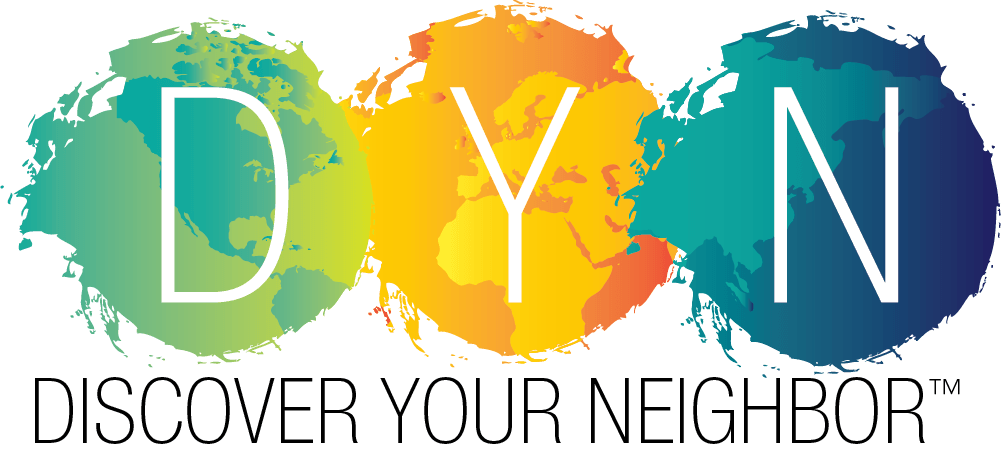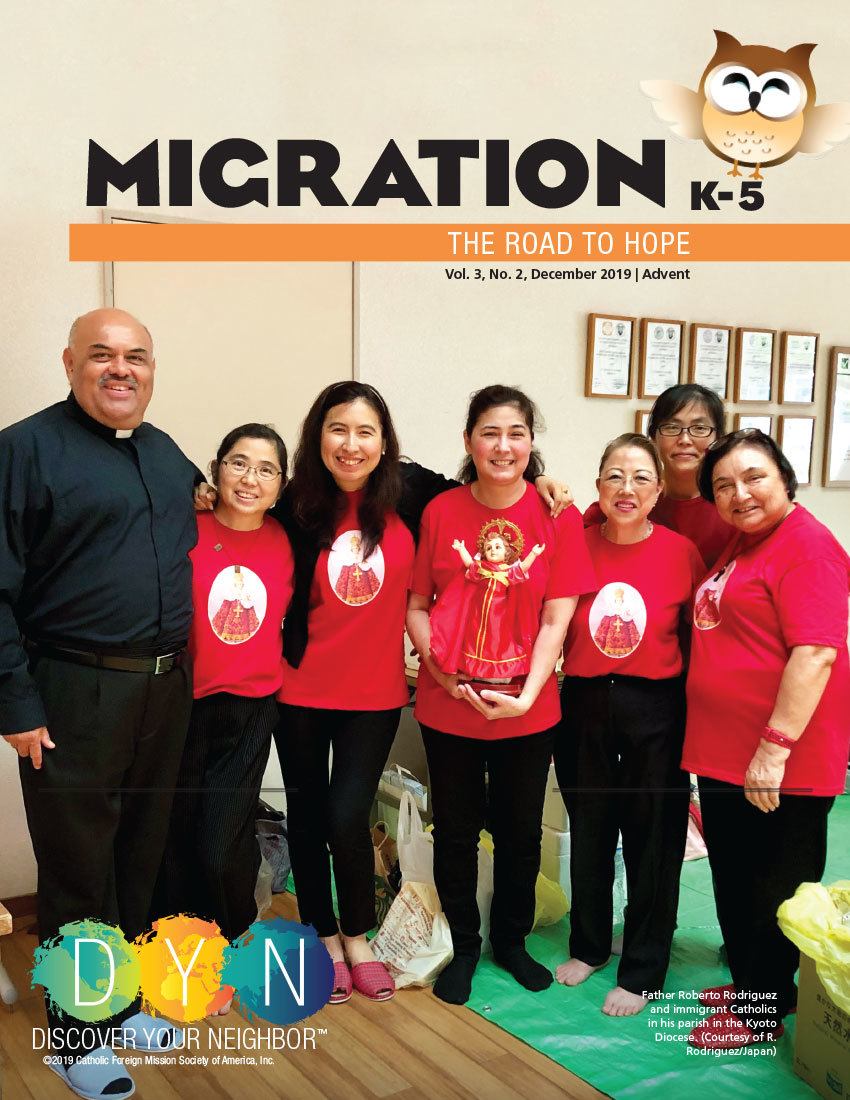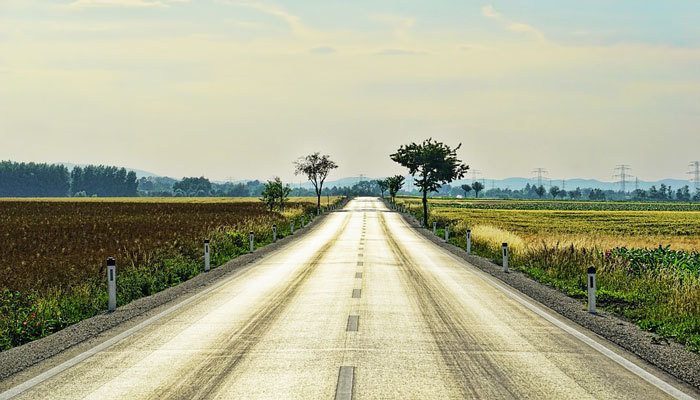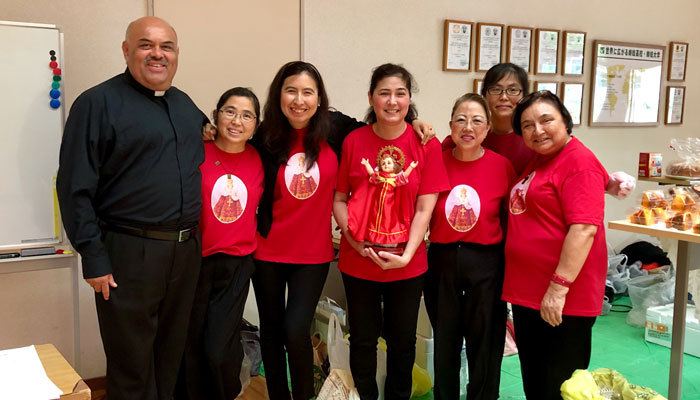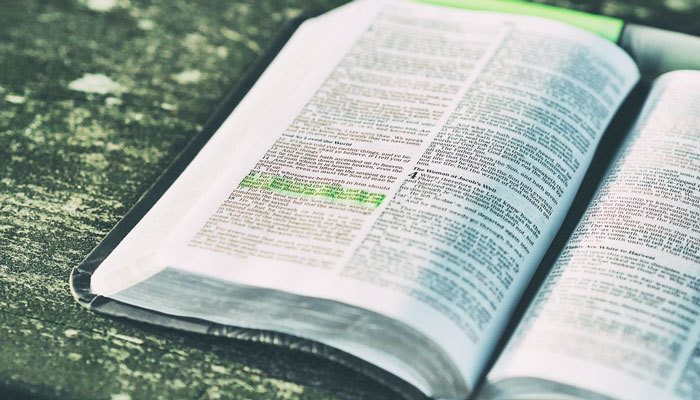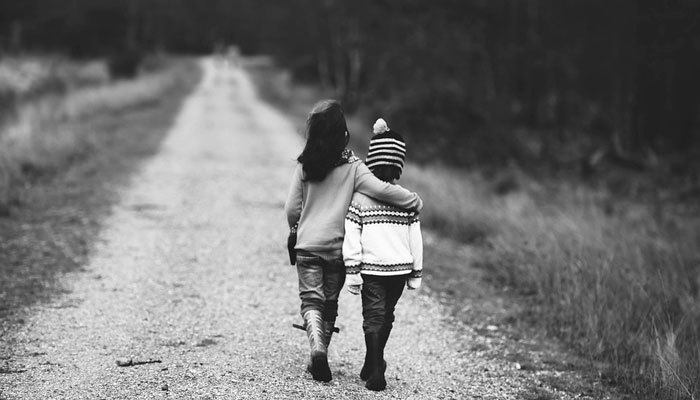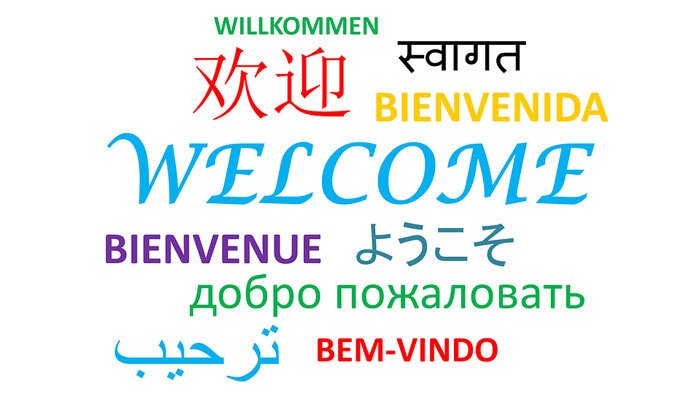Access your Middle School or K-5 Educator’s Guide for your classroom by filling out the form below. You will then be directed to a page where you can download a high quality PDF file to print out or share digitally.
Download the:
OBJECTIVE: Students will be able to:
EXPLAIN and give examples of how migration has impacted their lives.
UNDERSTAND ways our faith calls us to respond in hope to the current realities of migration.
CREATE AND PRESENT a roadmap and name hopes the students have for the world.
ORGANIZE ACTIONS to be in solidarity with migrants as well as encourage awareness.
DEMONSTRATE positive ways to be a sign of hope.
INSTRUCTIONS BEFORE PRAYER
PREPARE a prayer space with the photos of the children who have died in detention centers. Add electric candles and other items to make a prayerful environment. Pick four readers to READ the stories of the children and one leader to begin the prayer and guide the Litany.
Leader: Today we remember the lives of the children who have died in detention centers. We pray for them and their families and ask them to pray for us. We invite them to travel with us on a road to hope as we seek to find ways to treat all life as sacred and uphold the dignity of all people.
Reader one: Jakelin turned 7 as she traveled with her daddy and a smuggler into the U.S. She was wearing her first pair of shoes when she died in a detention center from an infection.
Reader two: With no rain in sight and fear of another bad crop, Juan at 16 years old left home alone, hopeful to find a new life. He died from an infection in a detention center.
Reader three: At 8 years old Felipe and his father traveled to the U.S. in order to send money home to their family. He died from the flu in his father’s arms in U.S. Custody. it was Christmas Eve.
Reader four: Carlos loved music and soccer. He was one of nine children; his brother had special needs and the family needed more money. Carlos left home to help support his family. He was in a detention center for seven days when he died at 16 years old from the flu.
|
Leader |
All |
| Lord, have mercy | Lord, have mercy |
| Christ, have mercy. | Christ, have mercy. |
| Lord, have mercy. | Lord, have mercy. |
| Holy Mary and St. Joseph | pray for us. |
| St. Michael and all angels | pray for us. |
| St.. Juan Diego | pray for us. |
| St. Frances Cabrini | pray for us. |
| St. Oscar Romero | pray for us. |
| All you holy men, women, and children | pray for us. |
| Jakelin | pray for us. |
| Juan | pray for us. |
| Felipe | pray for us. |
| Carlos | pray for us. |
| Mariee | pray for us. |
| Darlyn | pray for us. |
| Wilmer | pray for us. |
| All you holy men, women, and children | pray for us. |
| Lord, be merciful | deliver us we pray. |
| Christ hear us | we pray |
Amen
READ the Faith Perspective and Neighbor Focus articles as a class/group.
DISCUSS where you see hope in these stories. What are some of the obstacles faced by each person? Where do you see individuals living in solidarity with others?
CREATE a map by drawing a road that represents your life. On the road list people or events that have given you hope.
LIST hopes you have for our world and how you can achieve them. Illustrate possible obstacles to your hopes. Be sure to include ideas of how to overcome these obstacles.
PRESENT your maps to your class/group.
Extension: after presenting your individual road maps create one as a community and journey on the road to hope together.
The road to life as a Maryknoll priest was paved with hardship, tragedy, inspiration and hope for Fr. Roberto Rodriguez. Born in El Salvador, he was forced to leave his homeland at age 23 and became a refugee in the United States. He fled his country running from a violent 12-year civil war that claimed the life of his brother Alfredo. As a boy, he had the desire to be a priest and throughout his life he recalls being drawn to the charism of sharing the Gospel with people of other cultures, especially the poor.
Fr. Roberto is currently a missioner in Ueno, Japan. He and a team of missionary disciples serve the Parish of Infant Jesus. Carmen Muray Ochante is one of the people who works with Fr. Roberto and inspires him in his work. She teaches the children and says, “Most children at this parish are migrant children from Peru, Brazil, Vietnam, Bolivia, Kenya and the Philippines.
They are learning that we are all brothers and sisters.” Carmen’s daughter Rosa explains that the parish is so grateful to have Fr. Roberto as their pastor because he understands the migrants and as well as their experiences and speaks their language. Rosa says, “We are a multicultural church. We come from different countries, but we form only one body of Christ.”
Read more about Fr. Roberto and watch a video on his parish at maryknollmagazine.org
Forming a cross by lying on the floor of the U.S. Capitol Building on Catholic Day of Action, Dan Moriarty of the Maryknoll Office for Global Concerns joined more than 70 Catholic leaders in a prayer vigil and nonviolent civil disobedience in an effort to put pressure on Congress and the presidential administration to end the immoral and inhumane practice of detaining immigrant children.
Dan held the picture of Carlos Gregorio Hernandez Vasquez. He said, “Being a father myself, I was moved when I saw the picture of Carlos. He reminded me of my own son. The focus of my prayers as I lay on the floor was for the 16-year-old boy from Guatemala who died in U.S. Customs and Border Protection custody in May.” Carlos’ family called him Goyito. They say he loved soccer, piano, and music. He came to the U.S. to help his eight siblings, one with special needs. He died of the flu after being in the detention center seven days.
READ ONE OF THE FOLLOWING:
- OLD TESTAMENT: Isaiah 40 29-31
- LIFE OF JESUS: Matthew 25:31-45
- CHRISTIAN LIVING: Romans 12:9-21
REFLECT: How could you apply these scripture passages to the current reality of migration in our country and the world?
SHARE WITH A PARTNER: Where and how would you like to be a sign of hope for the world? How can we rely on God’s strength when we feel weak?
WHAT DOES THE CHURCH SAY?
The Catholic Catechism instructs the faithful that good government has the duty to welcome the foreigner out of charity and respect for the human person. Persons have the right to immigrate and thus government must accommodate this right to the greatest extent possible, especially the financially blessed nations:
“The more prosperous nations are obliged, to the extent they are able, to welcome the foreigner in search of the security and the means of livelihood which he cannot find in his country of origin. Public authorities should see to it that the natural right is respected that places a guest under the protection of those who receive him.“
Catholic Catechism, 2241
Walk a Mile in Their Shoes
ESTIMATE how many miles you walk a day. The average person seeking asylum in the U.S. has walked 1,000 to 2,000 miles, doing so in approximately 28 days with 2,000 steps in each mile. In solidarity with them.
PLAN a walkathon or set a goal for your group to walk 2,000 miles this Advent season.
INVITE others to join you by walking with you or sponsoring you with a donation that can be made to help people with basic necessities on our border.
As you WALK, be mindful and PRAY for those seeking asylum. One visible way to show solidarity is by wearing purple shoelaces (purple being the color of Advent) or choose your own color if you don’t want to wear purple. Migrants leaving detention centers are all missing shoelaces because they are taken from them when they enter. You can also CARRY the pictures of the children who have died or a candle.
Go to DiscoverYourNeighbor.org for links of places where you can donate any funds collected.
Heidi-Maryknoll Lay Missioners
https://mklm.org/border/
